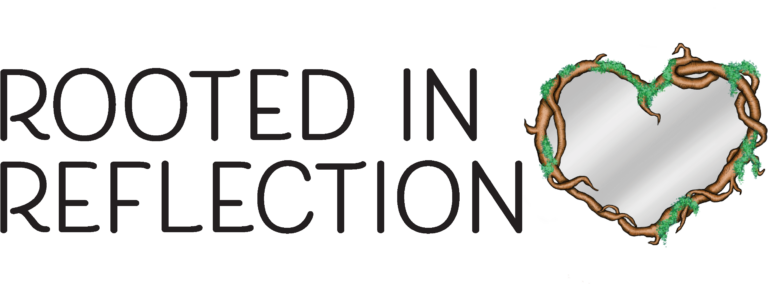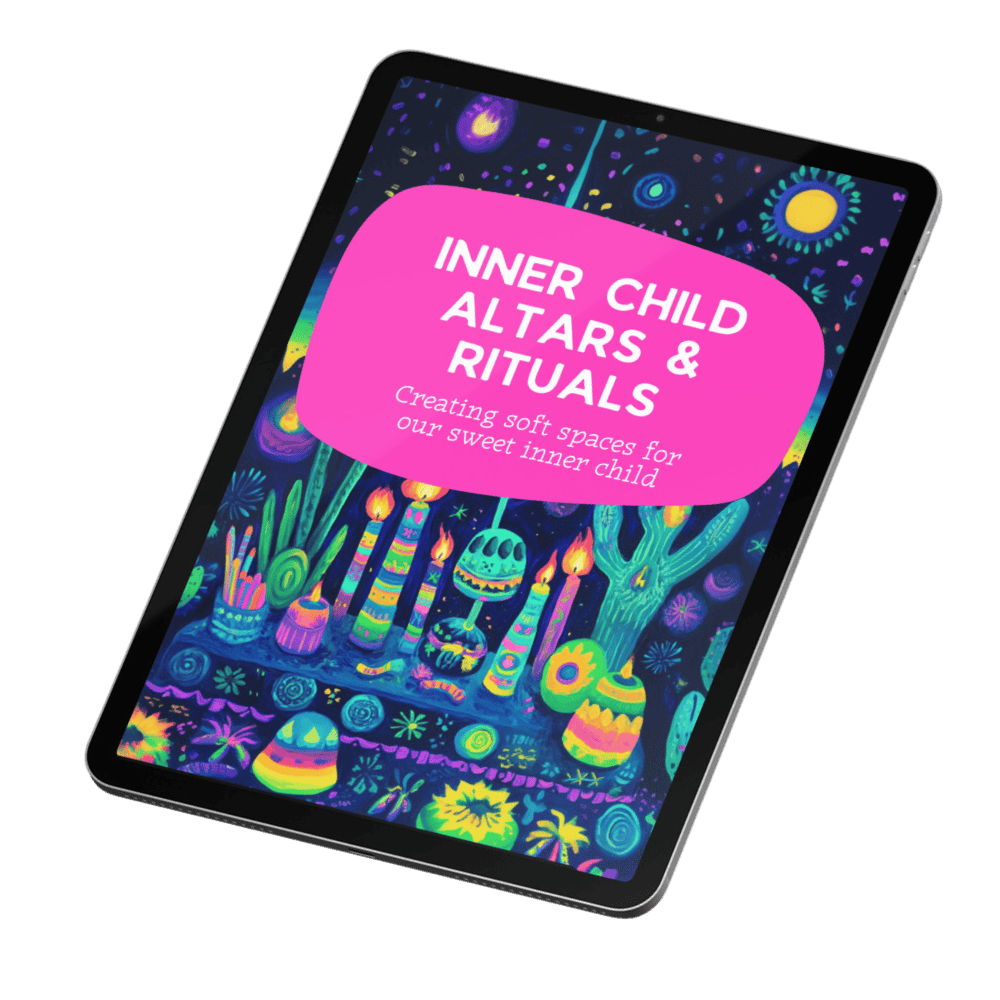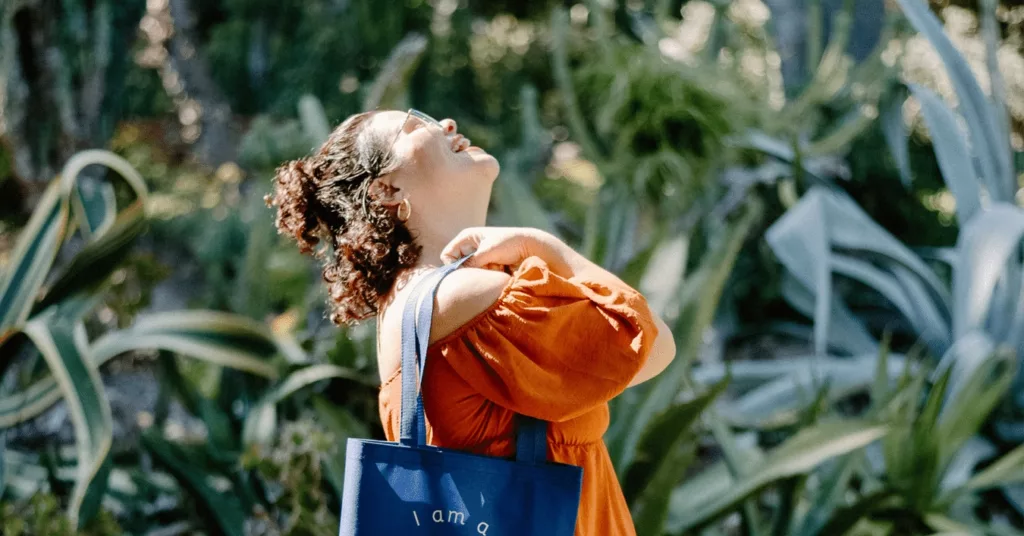Ever wondered why certain stories stick with us, haunting our thoughts and shaping our lives? For me, La Llorona is that story. It’s more than a ghost story whispered in the dark. It’s a reflection of our deepest pain and resilience, a tale that resonates across generations and tales of intergenerational trauma woven through Mexican folklore.
Today, I’m sharing my personal journey with La Llorona, exploring how this haunting figure intertwines with our cultural heritage and our path to healing.
In this solo episode of Confetti All Around podcast, I explore the haunting legend of La Llorona, and how this story mirrors our deepest pains and cultural expectations. I share my personal experiences and reflections on how the themes of marianismo and epigenetic trauma have shaped my life and the lives of the women in my family. By understanding and addressing these deep-rooted issues, we can begin to heal and transform our inherited burdens into sources of strength.
Her story has been whispered in our ears since we were children, often to keep us in line or scare us into obedience. The essence of her tale—a mother who, in her profound grief, drowns her children and is condemned to wander the earth, eternally mourning—is haunting and deeply symbolic. As a child, hearing this story was terrifying. My uncle would gather us in a circle, and with each word, the shadows in our backyard seemed to grow longer, the night darker.
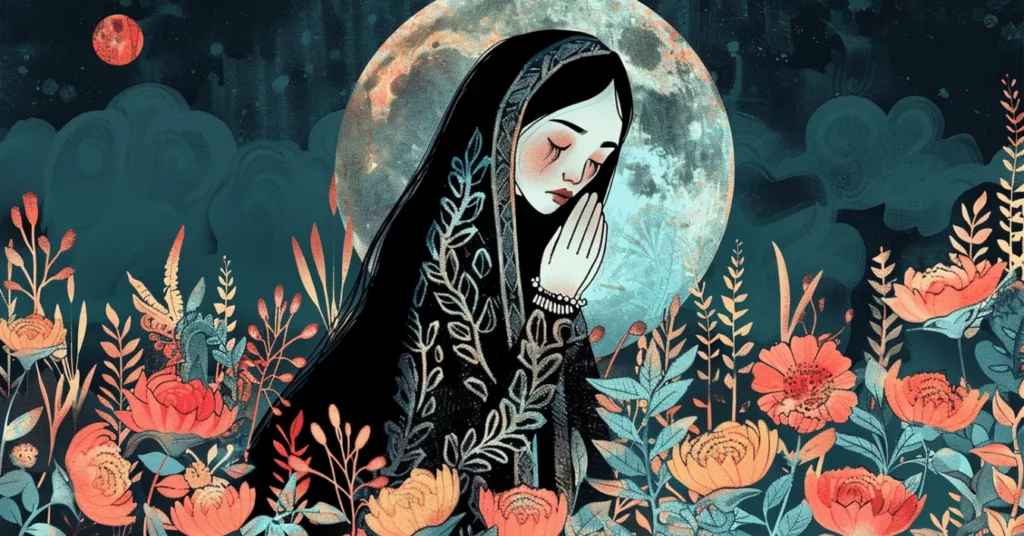
But as I’ve grown and engaged in my own healing, I’ve come to see La Llorona not just as a tale of horror, but as a reflection of our collective pain and resilience. She embodies the suffering and survival inherent in marianismo—the cultural expectations that demand self-sacrifice and silent endurance from us, especially as women.
In my own life, I see La Llorona in the silent tears of my abuela, who worked tirelessly yet felt unappreciated. I see her in my mother’s sacrifices, often minimized and taken for granted. And yes, I see her in myself, in the postpartum depression that gripped me, making me feel unworthy, inadequate, and deeply, deeply tired.
When I became a mother, I was overwhelmed by a wave of emotions that I couldn’t quite place. There was joy, of course, but there was also a heavy, inexplicable grief. It felt like a pull to the ocean, a need to walk into the water and just keep walking. At first, I thought it was just me, that I was failing as a mother. But then, through therapy and reflection, I realized these feelings weren’t entirely mine. They were the echoes of my ancestors’ pain, their struggles embedded in my very DNA.
My mother shared a story that changed my perspective. When she saw my son playing on his brother’s back, she was immediately triggered, recalling a family tragedy where a child was accidentally dropped and didn’t survive. This fear, passed down through generations, suddenly made sense to me. It wasn’t just her fear; it was ours.
This fear, passed down through generations, suddenly made sense to me. It wasn’t just her fear; it was ours.
The Role of Epigenetics
Epigenetics teaches us that trauma can be passed down through generations, encoded in our genes. This realization was both terrifying and liberating. It made sense of my feelings and showed me a path forward. By acknowledging and addressing these inherited traumas, I could begin to heal not just for myself but for my children and future generations.
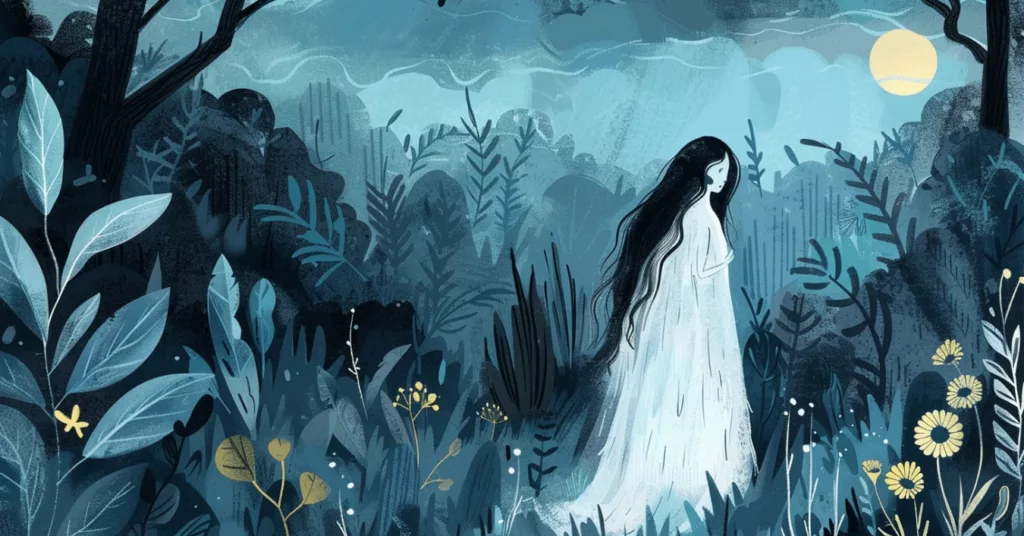
Understanding epigenetics has been crucial in my healing journey. It’s not just about recognizing the pain but understanding how deeply it is rooted in our bodies and minds. Our ancestors’ experiences shape our responses, our fears, and our behaviors. By healing these wounds, we’re not just breaking the cycle for ourselves but for those who come after us.
Healing Practices
To heal these deep-seated wounds, it’s essential to integrate inner child work with our rich cultural wisdom. Here are some practices that have been invaluable in my journey:
- Journaling: Writing about our experiences helps us process emotions and gain clarity. It’s a way to dialogue with our inner child, to offer them the support and validation they need.
- Mindfulness and Meditation: These practices help us stay grounded and present, allowing us to observe our feelings without judgment.
- Community Support: Engaging in community discussions and workshops provides a safe space to share our stories and heal collectively. We are not alone in this journey.
- Cultural Practices: Embracing our cultural rituals, such as creating altars or engaging in traditional healing practices, connects us to our roots and honors our heritage.
Rewriting the Narrative
We have the power to rewrite our narratives and transform our inherited burdens into sources of strength. By viewing folklore like La Llorona as a resource rather than a curse, we can honor our ancestors’ struggles and resilience. Reflecting on our personal and cultural stories with compassion enables us to heal and move forward.
So, how do we rewrite our stories? It starts with acknowledging the pain, but also celebrating the resilience. We honor the sacrifices of those who came before us while carving out a new path that allows us to live authentically and joyfully. We reject the notion that we must suffer in silence and instead, speak our truths boldly and unapologetically.
Understanding and addressing intergenerational trauma is not just a personal journey—it’s a collective one.
By recognizing the deep roots of our pain, we can start to heal ourselves and our communities. We can break the cycles of suffering and create spaces of support and empowerment.
I invite you to listen to the full episode of “Confetti All Around” to dive deeper into the story of La Llorona and its impact. Join our upcoming workshops and discussions at Rooted in Reflection to share your experiences and learn more about healing practices. Together, we can transform our stories and heal our lineage.
Gracias for being part of this journey. Let’s heal together, for ourselves, for our ancestors, and for future generations.
